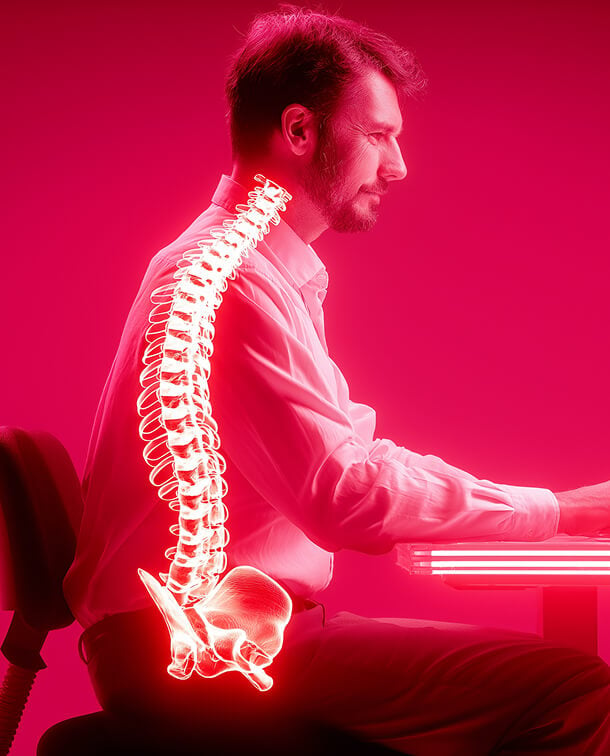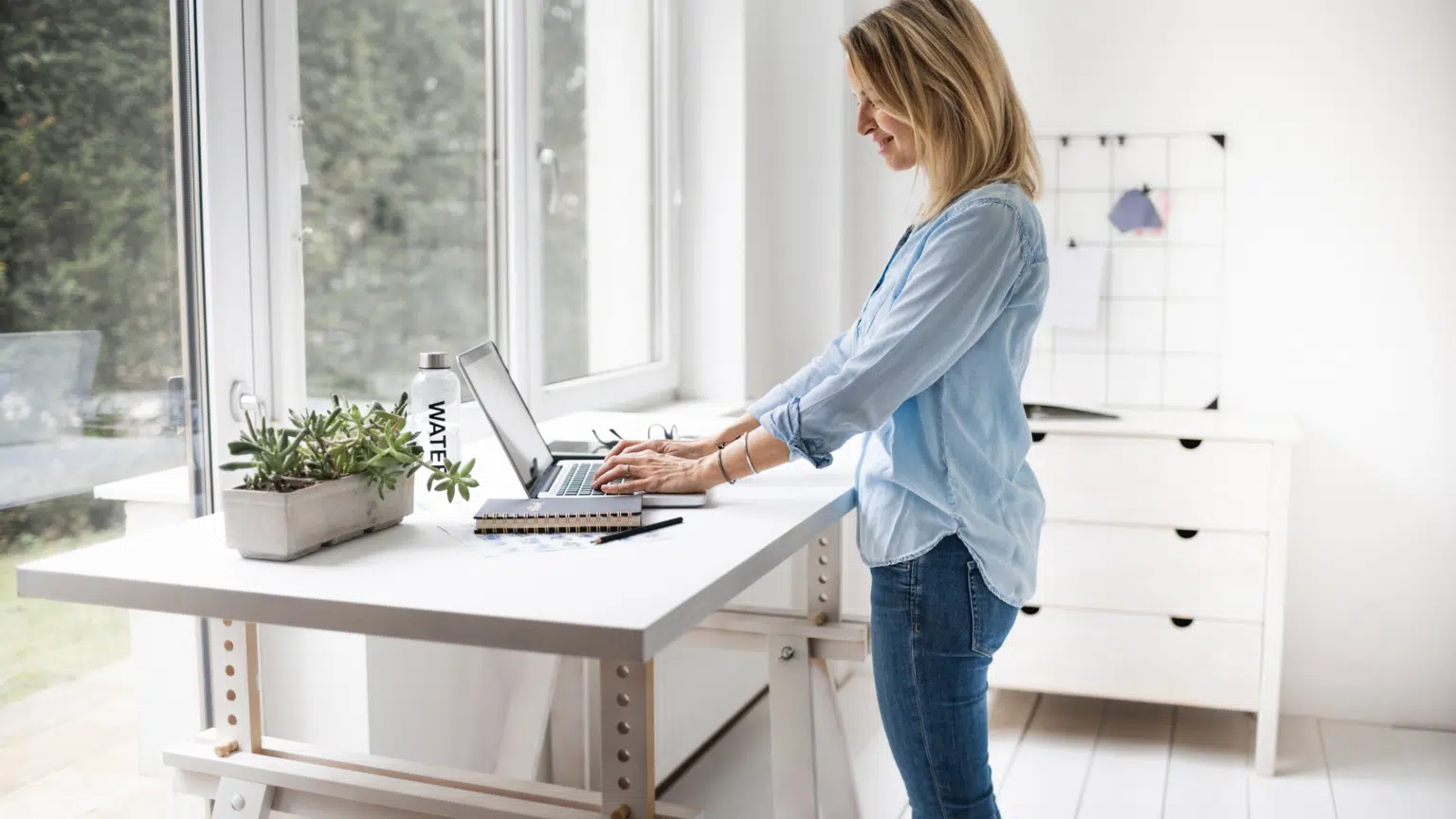Standing desks have exploded in popularity as a solution to the modern problem of sitting for too long. They’ve been marketed as a way to counteract the dangers of sitting all day, like back pain and poor posture, but recent studies show that standing desks may not be the healthy alternative we thought they were
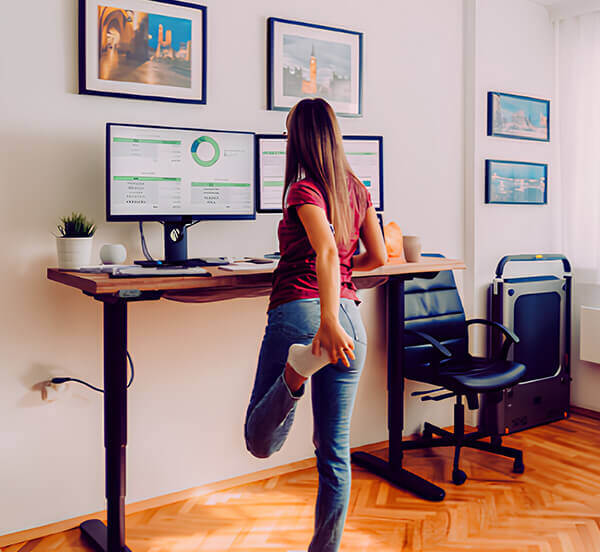
ANTHROS BLOG
Nov 7, 2024
The Hidden Risks of Standing Desks:
What You Need To Know
Standing desks have exploded in popularity as a solution to the modern problem of sitting for too long. They’ve been marketed as a way to counteract the dangers of sitting all day, like back pain and poor posture, but recent studies show that standing desks may not be the healthy alternative we thought they were
In fact, prolonged standing can even lead to its own set of health problems, from swollen veins to a higher risk of blood clots.
A study conducted by the University of Sydney, which looked at data from over 80,000 adults in the UK, found that standing for long periods does not reduce the risk of cardiovascular diseases like stroke or heart failure.
Instead, standing for more than two hours a day was associated with an increased risk of circulatory issues, such as deep vein thrombosis (DVT) and varicose veins. For every additional 30 minutes spent standing beyond two hours, the risk of circulatory problems increased by 11%.
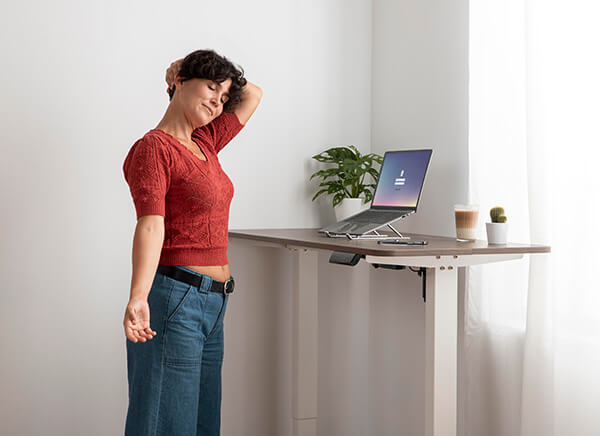
The Problem with Prolonged Standing
The findings from the University of Sydney are not unique. Other studies have echoed similar concerns about the risks of prolonged standing.
For example, research published in Ergonomics found that standing for long periods at work is associated with an increased risk of lower limb discomfort, swelling, and even musculoskeletal disorders. Standing for too long causes blood to pool in the legs, increasing pressure on veins and leading to problems like varicose veins.
Moreover, a review published in the American Journal of Epidemiology looked at over 17 studies and concluded that prolonged standing was associated with a 50% higher risk of heart disease compared to jobs that allowed workers to alternate between standing and sitting.
The strain placed on the cardiovascular system by prolonged standing puts unnecessary stress on the heart, especially when workers don’t move around frequently.
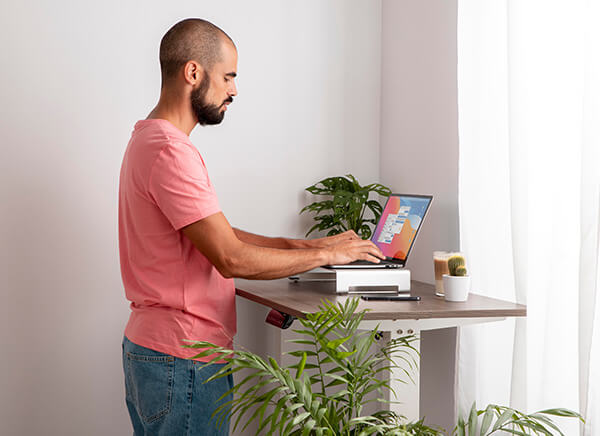
Debunking the Myth of Cardiovascular Benefits
While standing more throughout the day might seem like it would naturally boost cardiovascular health, the evidence suggests otherwise.
The University of Sydney’s study found no link between prolonged standing and a reduced risk of conditions like heart failure or stroke.
Other research supports these findings. A 2017 study published in the Journal of Occupational Health Psychology showed that jobs requiring prolonged standing significantly increased the risk of heart disease, reinforcing the idea that standing desks are not the quick fix many hoped for.
In contrast, studies show that regular movement throughout the day is far more effective at reducing cardiovascular risks.
example
A study published in The Lancet involving over a million participants found that taking frequent breaks from sitting, even just to walk around briefly, was linked to a lower risk of death from all causes, including cardiovascular diseases.
Look for warranties that cover critical parts like the frame, base, casters, and mechanisms for an extended period, as these are often the most expensive to repair or replace.

How to Balance Sitting, Standing, and Moving
The research is clear: neither sitting nor standing for long periods is good for your health. What’s needed is a balance between the two, with regular movement sprinkled throughout the day
Experts recommend alternating between sitting and standing every 30 minutes and taking short walking breaks as often as possible.
Small changes like walking during meetings, standing during phone calls, or taking the stairs instead of the elevator can help counteract the negative effects of prolonged standing and sitting.

A Call for Movement
The takeaway here is that standing desks aren’t the magic bullet for health that they’re often made out to be. Whether you’re sitting or standing, the key is to keep moving.
If you’ve already invested in a standing desk or are thinking about getting one, remember to stay mindful of how long you’re standing. And pay attention to how you’re sitting and consider investing in a chair that will support you in your best possible posture.
Mix things up by taking breaks, moving around, and alternating between sitting and standing to give your body the variety of movement it needs.
The bottom line? Incorporate more movement into your day. Regular physical activity, whether at your desk or away from it, is the best way to stay healthy and avoid the pitfalls of both sitting and standing for too long.
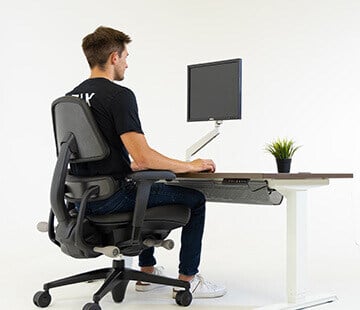
References
Ahmadi, M. et al. (2023). "Standing Time and Circulatory Health Risks: Insights from the UK Biobank Study." International Journal of Epidemiology.
Tissot, F., Messing, K., & Stock, S. (2005). "Standing, Sitting, and Associated Work Postures in a Sample of Male and Female Workers." Ergonomics, 48(9), 1177-1192.
Smith, P. et al. (2018). "Prolonged Standing at Work and Heart Disease: Evidence from a Cohort Study." American Journal of Epidemiology, 187(1), 27-33.
Krause, N. et al. (2017). "Standing at Work and Increased Risk of Heart Disease: A 12-Year Prospective Study." Journal of Occupational Health Psychology, 22(1), 34-48.
Ekelund, U. et al. (2016). "Physical Activity and All-Cause Mortality across Levels of Overall Sedentary Time in Adults." The Lancet, 388(10051), 1302-1310.
Recent Post
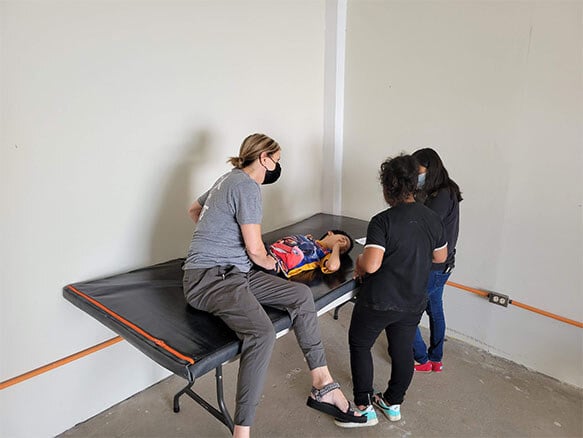
Four Lessons About Seating Everyone Can Learn from Wheelchair Users
September 18, 2025Working with wheelchair users has been an...

People Over Profits: Why Anthros Puts Comfort and Care First
September 17, 2025At Anthros, our mission is simple: to put people...




